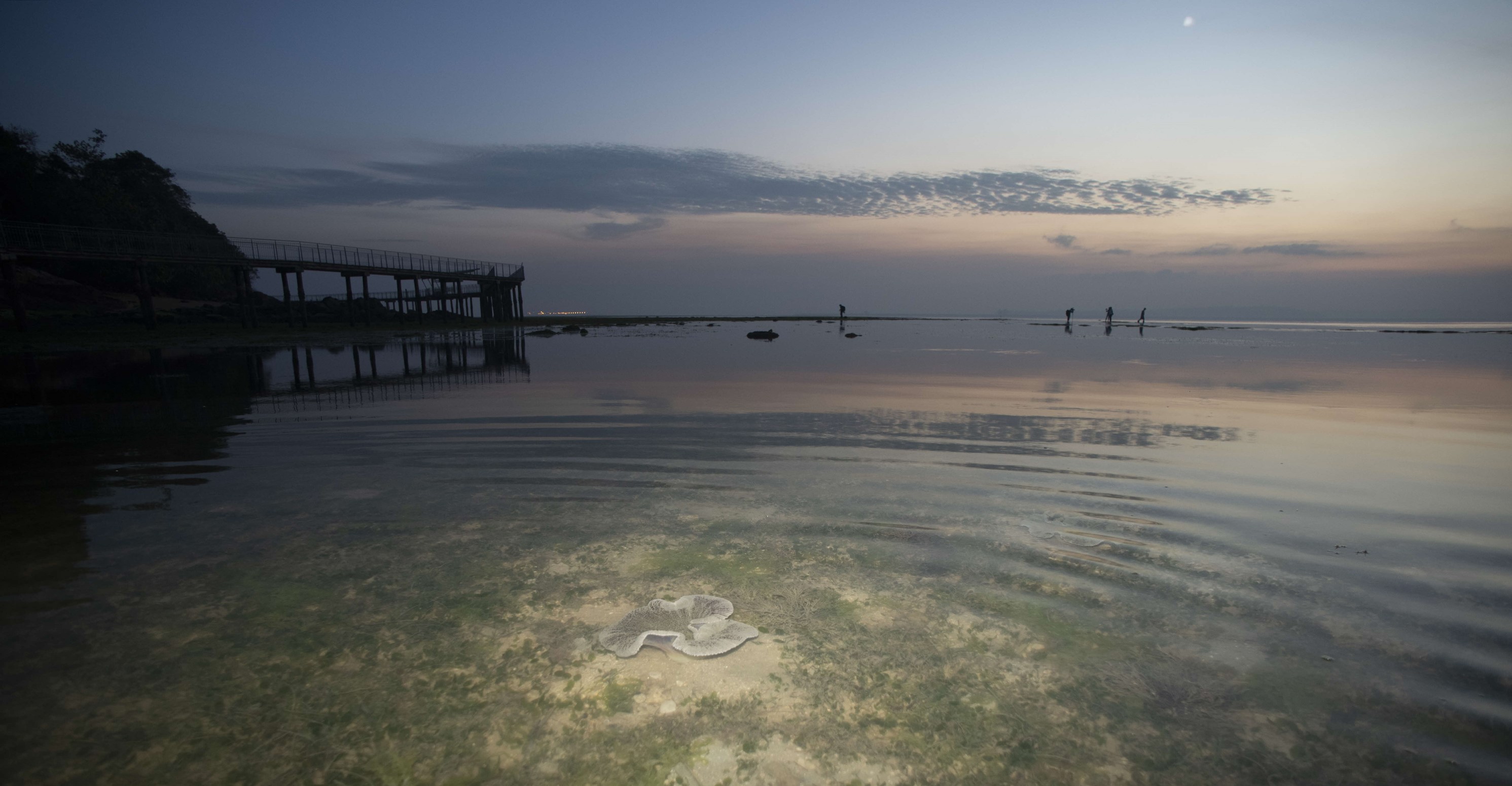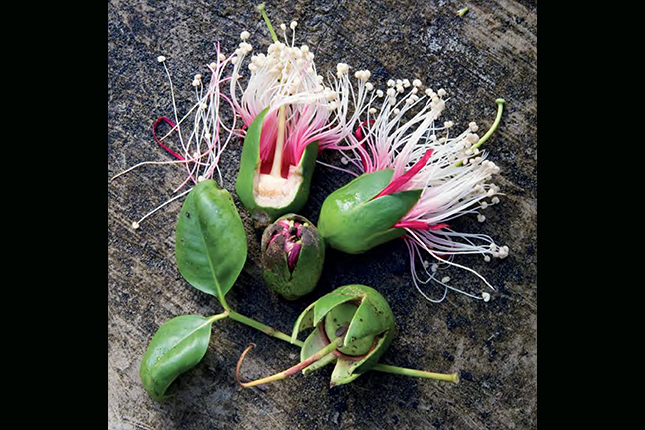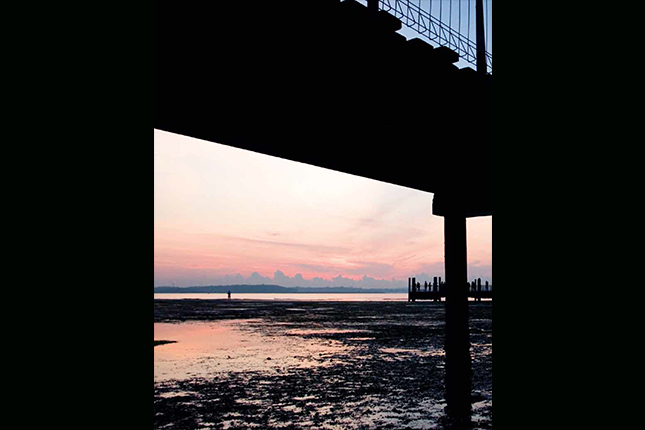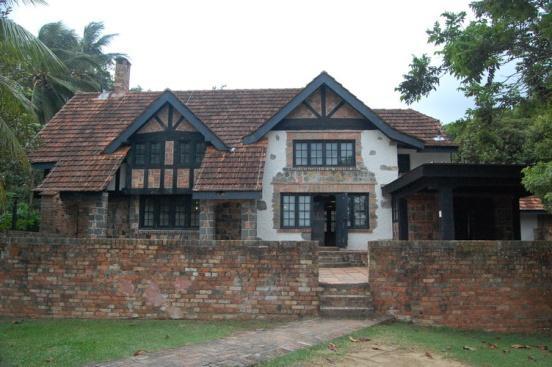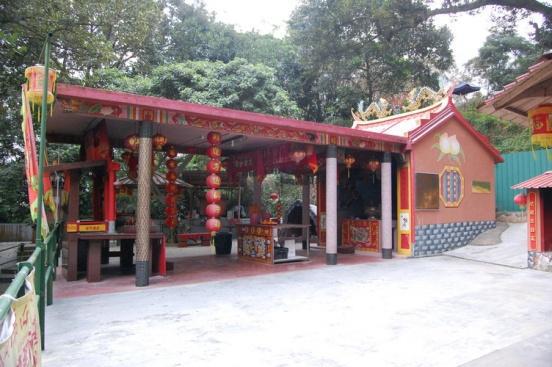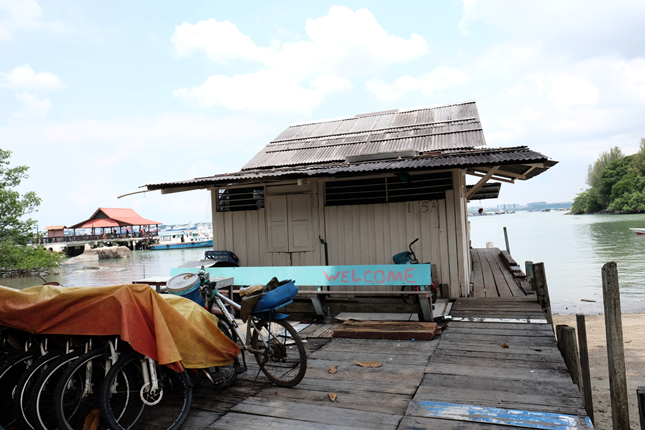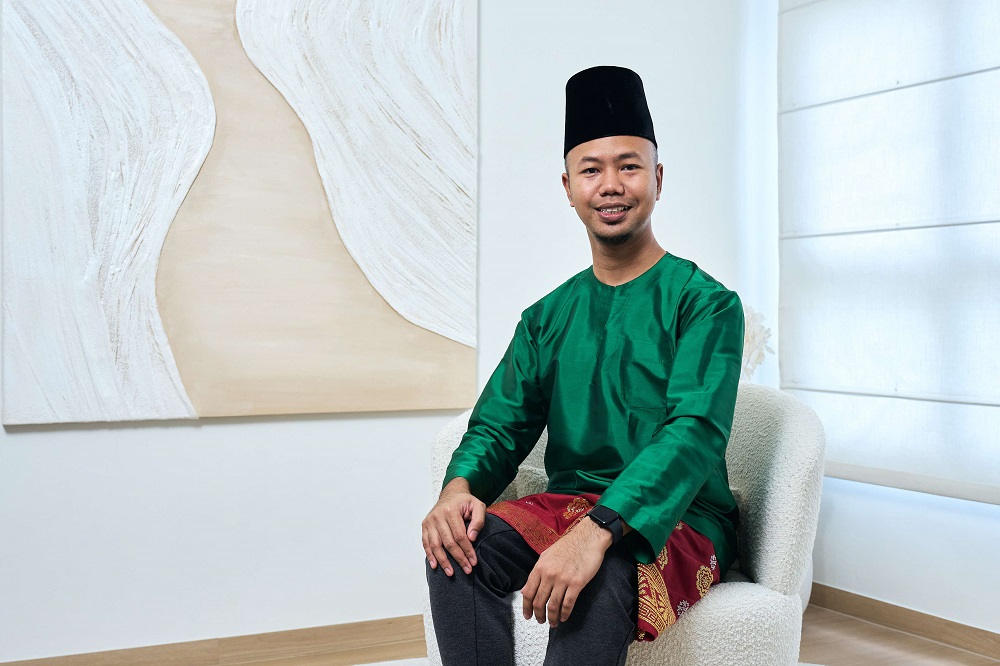+65 Volume 2 – 2022
Text by Associate Professor Dan Friess of the Department of Geography, National University of Singapore
Read the full +65 Vol. 2
The recent launch of the Singapore Green Plan 2030, an ambitious set of actions and targets for mainstream sustainable development across the nation, has put our natural environment firmly at the centre of Singapore’s decision making and urban planning.1 Its announcement comes at a time of increased public interest and debate about the future of our environment in the face of development. National debates over the future of green spaces such as the Dover and Clementi Forest show that many members of the public are deeply invested in protecting our natural surroundings.
Intense interest in our environment is not new. In Singapore’s context, this has been shaped by decades of work by nature advocates from civil society, working together with the public sector to navigate difficult trade-offs and dilemmas in land-use planning. The contours of this evolving dialogue between different environmental stakeholders in Singapore can be traced in the post-independence histories of our island’s various green spaces.
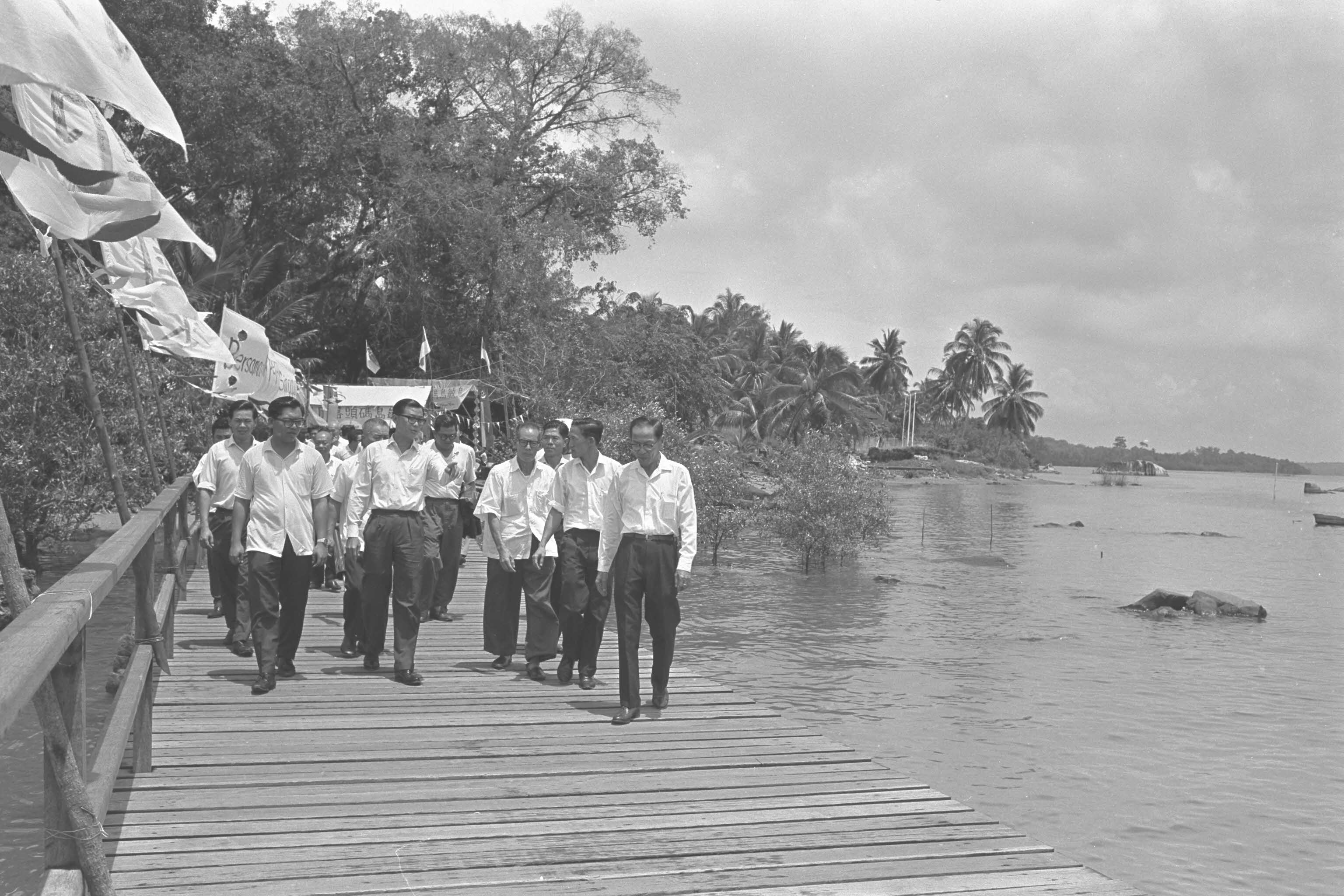
Minister for Education Ong Pang Boon opening a new jetty at Pulau Ubin, 1965. Ministry of Information and the Arts Collection, courtesy of the National Archives of Singapore.
Chek Jawa, on the eastern point of Pulau Ubin, is an illustrative case study. It was a kampong area and a little-known wetland of natural beauty which faced potential land reclamation. Its evolution to one of Singapore’s most well-known environmental treasures is the result of a framework of collaboration and negotiation that underlies environmental conservation efforts in Singapore.
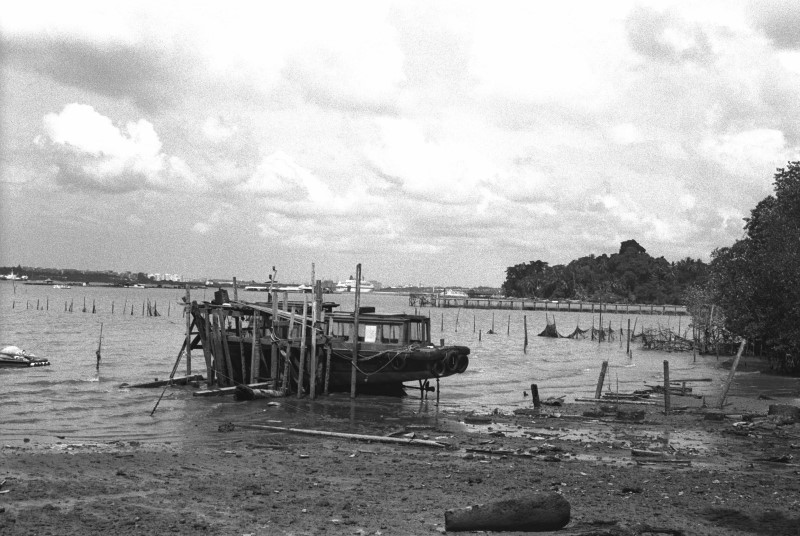
Sea view of Pulau Ubin at low tide, 1992. Courtesy of the National Archives of Singapore.
Saving Chek Jawa
The 100-hectare Chek Jawa is a rare spot along Singapore’s coastline because of its biological diversity. From just one spot on the Chek Jawa boardwalk, one can see mangroves, seagrass meadows, mud flats, sand flats, coastal forest, and rainforest.
However, these rich habitats were once in danger of being destroyed. In 1992, three decades after independence, reclamation plans for Pulau Ubin’s eastern coastline were drawn up with talks of future housing towns as well as a potential Mass Rapid Transit (MRT) link.2 Later, these plans were earmarked in the Urban Redevelopment Authority’s Master Plan 1998, and announcements were made in 2001 that the reclamation would proceed.3 But on 20 December 2001, days before reclamation was due to begin, the Ministry of National Development formally announced the deferment of these plans.4 No doubt this deferment came with substantial trade-offs, as it meant giving up an area of land “the equivalent of five Bishan parks”.5 So what transpired to cause a change in this planning decision?
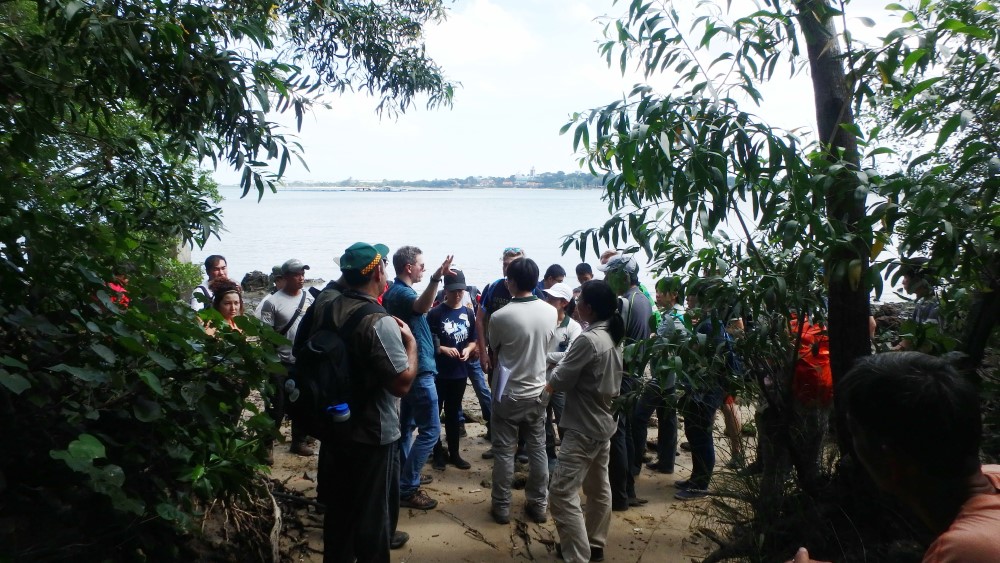
A/P Dan Friess with participants of a scientific workshop at Sungei Durian, near Chek Jawa, 2018. Courtesy of Ria Tan, www.wildsingapore.com.
Decisions changed in part because of academic and civil society efforts to highlight Chek Jawa’s unique biodiversity. When news of the reclamation emerged, these groups used the opportunity to document the soon-to-be-lost biodiversity and to relocate flora and fauna to other locations.6 The fate of Chek Jawa began to receive significant public and media attention, with over 1,000 people visiting the mudflats to see its biodiversity for what was thought to be the last time.7 One of Singapore’s most passionate nature advocates was Mr Subaraj Rajathurai, who was involved in the efforts to save Chek Jawa. In his 2018 oral history recollections with the National Archives of Singapore, Subaraj highlighted that the most important stakeholder was the general public, because of their passion and their support for Ubin’s threatened coastline. He went as far as to say, “Chek Jawa [was] the first nature area to be saved by the public”.8
The government, however, also played an important part in protecting Chek Jawa. Then-Minister for National Development Mah Bow Tan himself visited the site in October 2001 and met representatives from academia, civil society and the public.9 When the deferment of reclamation plans was announced, the National Parks Board (NParks) set up a committee comprising representatives of Nature Society (Singapore), the then-Raffles Museum of Biodiversity Research, and other experts, to work out how to best preserve Chek Jawa’s ecosystem.10 This was especially vital given the crowds of people excited to visit the wetland, potentially damaging the very site which the public was lobbying to protect.
Tangible and Intangible Value
Recognition of Chek Jawa’s importance has grown over the years. In terms of biodiversity, it is home to numerous species. These include a unique combination of mangrove and seagrass plants, including the globally rare seagrass Halophila beccarii, which is critically endangered in Singapore. A number of animals also call Chek Jawa home, including crabs, otters, and mudskippers—a special type of amphibious fish that can survive both in and out of water.
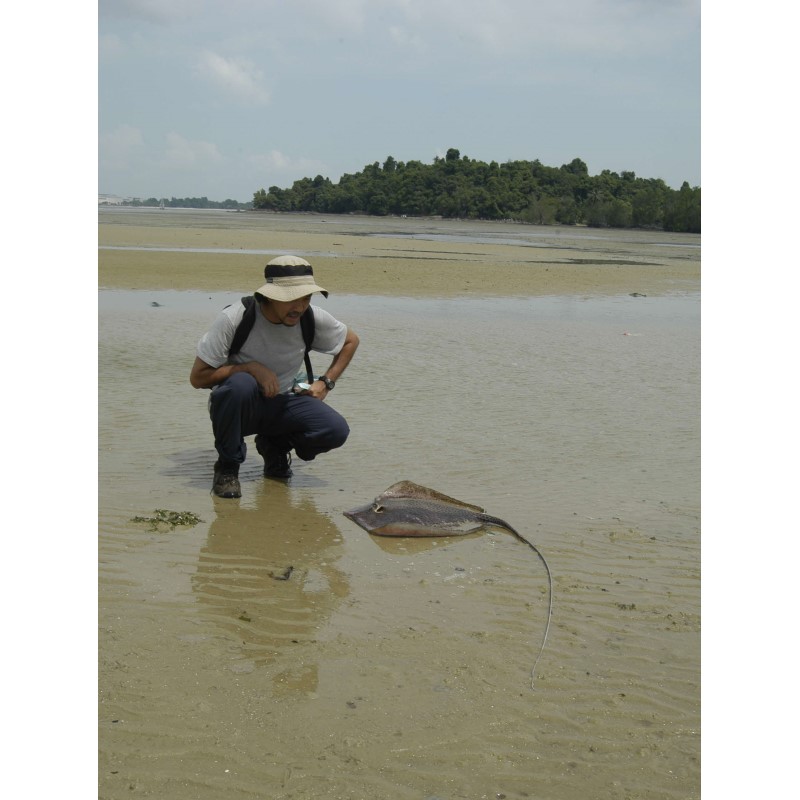
A honeycomb whipray beached during low tide, 2003. Courtesy of Ria Tan, www.wildsingapore.com
But Chek Jawa is more than just a reservoir of biodiversity, as its coastal habitats help people too. They protect our shorelines, trap pollutants in their soils and suck up our greenhouse gas emissions. Cumulatively, the mangroves and seagrasses of Chek Jawa store the equivalent of 1,824 tons and 506 tons of carbon dioxide per hectare respectively.11 It is no wonder then that Chek Jawa is famous internationally as a site of immense scientific value and interest.12
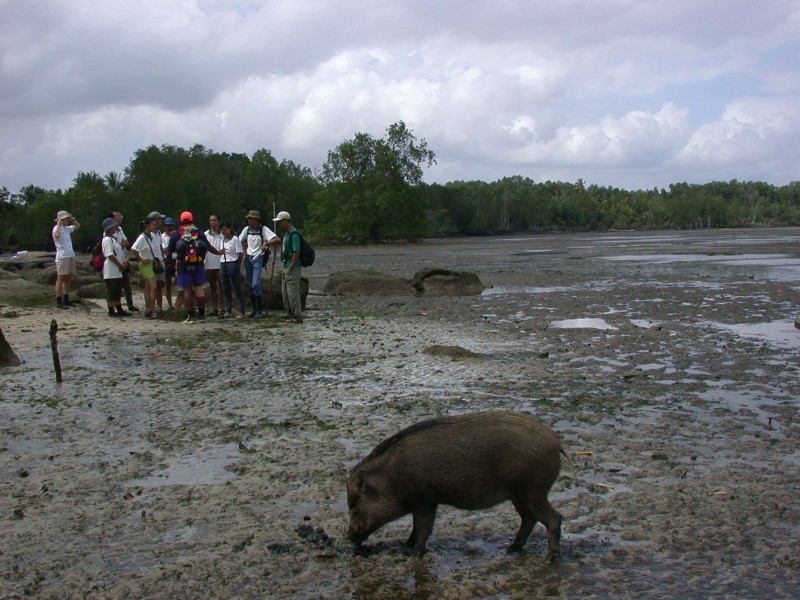
A wild boar along the beach at Chek Jawa with visitors in the background, 2012. Courtesy of Ria Tan, www.wildsingapore.com.
Chek Jawa is also culturally important. It is a key recreation spot, offering respite to inhabitants of densely urban Singapore. Recreation improves our health and wellbeing and brings concrete economic benefits to the livelihoods of Ubin residents. Chek Jawa also has important cultural value, particularly for former residents of Kampong Chek Jawa.
Coming Together
While the benefits provided by Chek Jawa are well recognised, some challenges to securing its future still remain. The option for development still exists in the long run, as suggested by the Urban Redevelopment Authority’s Master Plan 2019.13 Oil spills and other sources of pollution have the potential to impact Chek Jawa and its biodiversity.14 And as with many coastlines around the world, there are concerns about how our coastal ecosystems may respond to the impacts of climate change, such as sea-level rise.
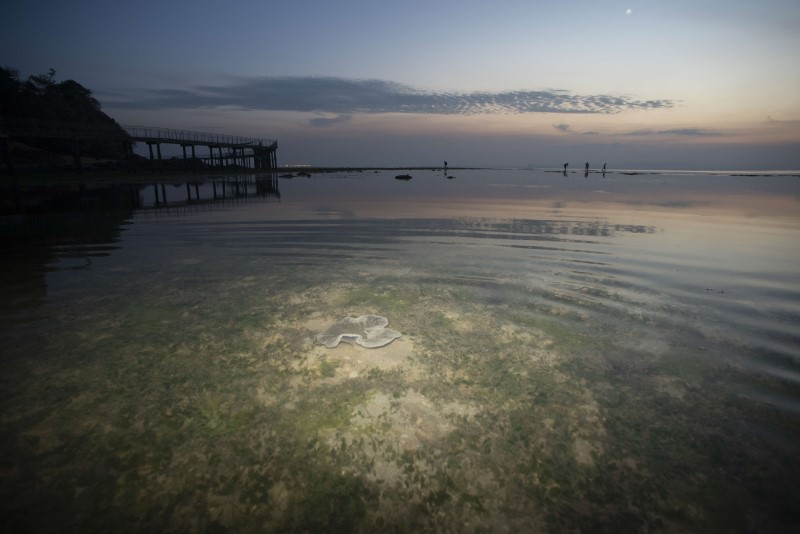
Chek Jawa boardwalk at sunrise, with seagrass plants beneath the water’s surface, 2015. Courtesy of Ria Tan, www.wildsingapore.com.
In balance, though, the future of Chek Jawa appears to be bright, because the conditions that led to the original protection of Chek Jawa are even stronger today—which is a legacy of collaboration between diverse stakeholders.
For example, the Friends of Ubin Network comprises a passionate group of volunteers representing the nature and heritage communities, Ubin villagers and academics supported by the government; together, they help ensure the sustainable and sensitive use of the island.15 Similarly, the Restore Ubin Mangroves initiative brings together nature enthusiasts, fish farmers and academics working with NParks to advocate for mangrove restoration opportunities.16
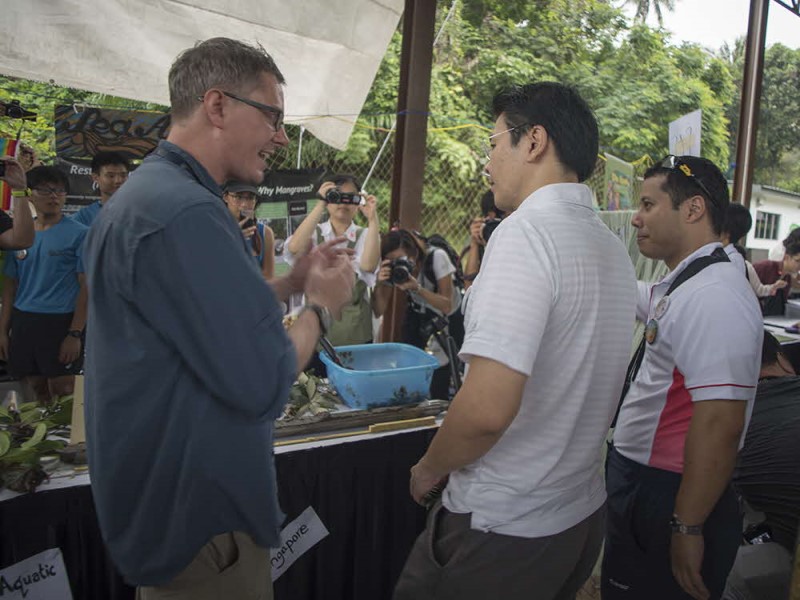
A/P Dan Friess speaking to then-Minister for National Development Lawrence Wong and then-Minister of State Desmond Lee at the Restore Ubin Mangroves booth during the Pesta Ubin festival, 2016. Courtesy of Ria Tan, www.wildsingapore.com.
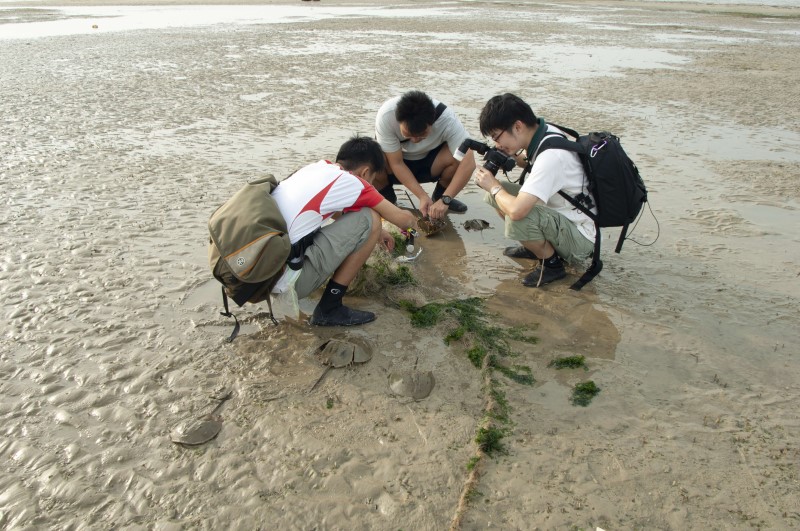
Volunteers releasing horseshoe and swimming crabs from an abandoned drift net, 2007. Courtesy of Ria Tan, www.wildsingapore.com.
Ultimately, natural spaces such as Chek Jawa are more than just ecological jewels. They are places for various communities and stakeholders in Singapore to come together towards a common goal. They represent a record of how our interactions with and valuing of nature have changed over the decades, and are a guide to how we can continue to create a more sustainable Singapore into the future.
Dan Friess is an Associate Professor at the Department of Geography, National University of Singapore, and Deputy Director of the NUS Centre for Nature-based Climate Solutions. His research and teaching focus on the conservation and restoration of coastal habitats in Singapore and Southeast Asia. For more information, please visit www.themangrovelab.com.




